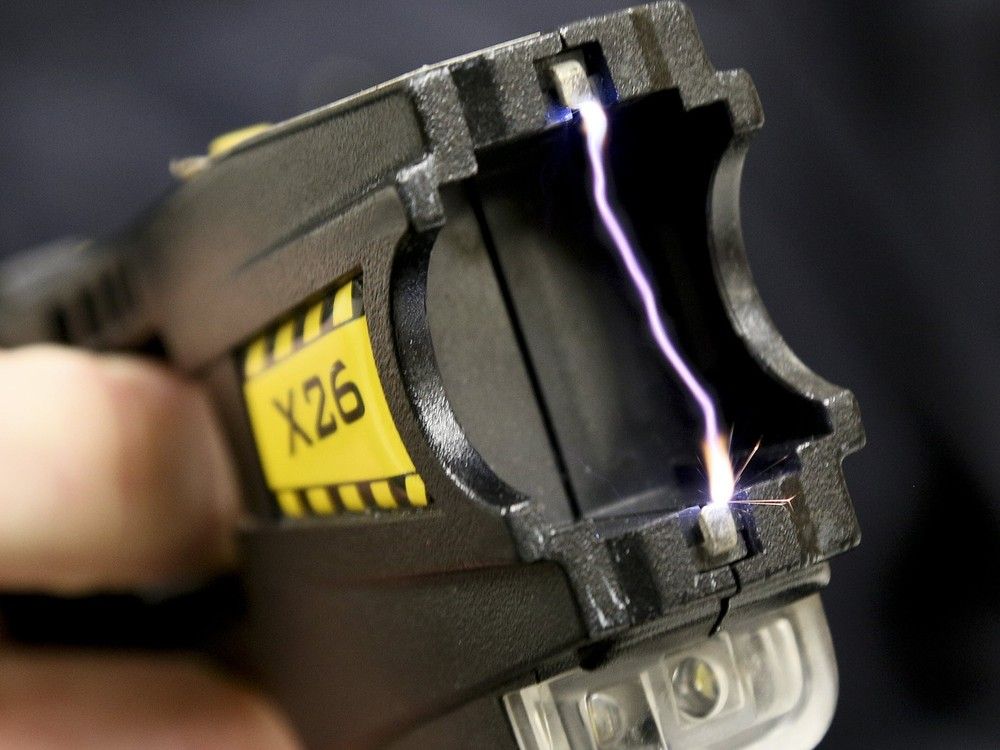The Russia-Ukraine war started exactly two years ago. The very next day, on February 25, 2022, India abstained from voting on a draft resolution in the United Nations Security Council. In the course of the ongoing war, New Delhi has been abstaining from taking clear sides, much to the chagrin of establishments in both the European Union and the United States. As Prime Minister Narendra Modi visits Ukraine, after a much-publicised visit to Moscow in July, in maintaining with India’s stated position of strategic neutrality, questions are being asked in global capitals about India’s motivations. This is the first time an Indian prime minister has visited an independent Ukraine after the fall of the Soviet Union.
There have been enough domestic discussions on India’s purported role in world peace and other grand enterprise. Let’s bring realism back into the game now.
Decoupling From West Is Not An Option
Domestic chatter aside, what the Western world – the US, EU, UK nexus – thinks about India’s stand on the Russia-Ukraine conflict does, indeed, matter to India. No matter what the virulently nationalist ecosystem clamours for, decoupling from the West is not an option for India. It is not merely about diplomatic grandstanding. Since 2014, PM Modi has been making diplomatic and cultural gestures to bolster India-EU relations. There have been increased levels of engagement to secure crucial strategic and economic partnerships between India and the EU member states. While India’s relationship with Ukraine may not have been headline-making historically, its implications have not been any less significant. That explains why India has consistently decried Russian aggression against Ukraine.
With his visit to Kyiv, PM Modi may be revealing India’s growing transactions with the EU member states for its defence and strategic needs. After all, the Russian manpower and machines have put up a dismal performance in the current theatre. It’s high time Indian generals stopped defending the Russian infrastructure just because they, too, are dependent on it and must swear by its fierceness. India has options for its defence and modernisation needs and must use them. After all, what use are partnerships like the Trade and Technology Council (TTC) that the EU set up with India in April 2022?
Exports From Russia Are Dwindling
It needs to be brought back into the picture that India’s arms procurement from Russia saw a significant drop in the aftermath of Russia’s annexation of Crimea in 2014. The trend has been continuing, and as per the Stockholm International Peace Research Institute’s latest reports, Russian exports to India have sharply declined from 76% in 2009–2013 to 36% in 2019-2024. While India remains the Russian arms industry’s biggest market, it’s also shopping from elsewhere, and that cart is getting bigger. A war-stressed Moscow is unlikely to meet New Delhi’s growing defence needs owing to the latter’s neighbourhood concerns.
Au contraire, other countries are pushing their catalogues for New Delhi to browse. The French are coming hot and sexy with their Rafael jets and a “defence industrial roadmap” to jointly design and develop mechanical infrastructure. India and France have joined hands in building submarines, combat aircraft engines, and multi-role helicopters. Ukraine, accounting for 11% of India’s total defence imports, too, is an important partner. India is also deepening defence and security ties with countries like South Korea, South Africa and Poland. It is no coincidence that PM Modi made a pit stop in Poland before heading to Ukraine.
A Wise Move By India
By maintaining its stance of strategic neutrality, India is securing self-interest-driven allies in Europe and Asia without the overlordship of the US. It is a wise move on India’s part in keeping with the ever-looming shadow of China in the neighbourhood. The US has exhibited reluctance to share crucial defence technology with India despite promises and agreements, like the one between General Electric and Indian partners for technology to power the new fleet of fighter jets. India knows better than to rely on the US, a country that holds its military-industrial complex dearer than any ideological principle.
It is clear that India—while being on “the side of peace”—is keeping its national interests above everything else. Mykhailo Podolyak, a presidential adviser in Ukraine, acknowledges that India “really has a certain influence” over Russia. It is this reputation that India aims to, ought to capitalise on in its attempt to emerge as a dependable global negotiator. Only those who have power can negotiate, the rest only nudge.
The timing for Modi’s Ukraine visit is almost perfect. India is not expected to use a magic wand to bring Moscow and Kyiv to the negotiating table. The military situation remains hot. Even minor dialling down of fighting, if at all, will be enough for India’s influence optics. No significant developments in the region can be expected till the US elects its next president. Till the US gets its house in order and views its NATO obligations afresh, the window is open for India to pedal hard towards its strategic goals—choosing realism over idealism and empty talk.
(Nishtha Gautam is a Delhi-based author and academic.)
Disclaimer: These are the personal opinions of the author







